Professional Waterproofing to Prevent Water Intrusion
Waterproofing is a critical process that prevents water intrusion in structures, protecting buildings from moisture damage, mold growth, and structural deterioration. Proper waterproofing extends the lifespan of a property and reduces maintenance costs over time. It involves applying specialized materials and techniques to create a barrier against water penetration, especially in areas prone to exposure such as foundations, basements, roofs, and balconies.
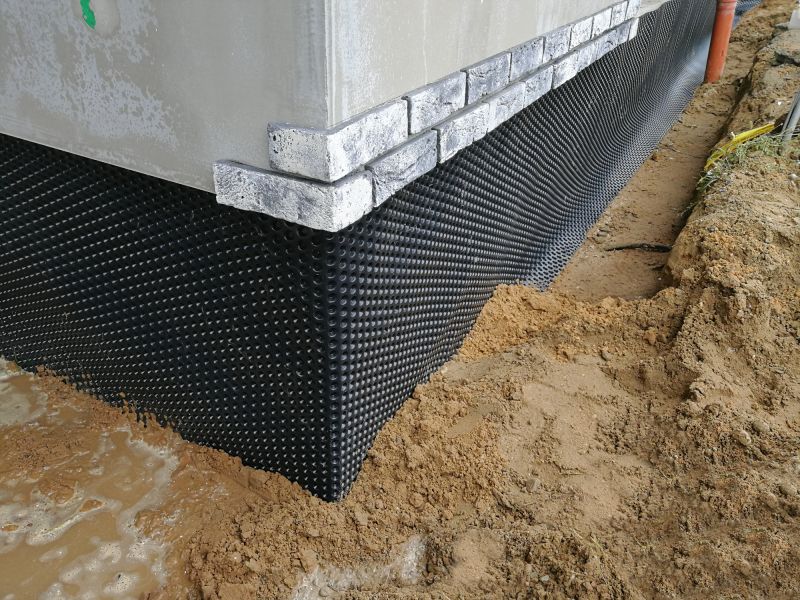
Completed foundation waterproofing shows a seamless membrane applied to prevent water seepage into basements and lower levels.
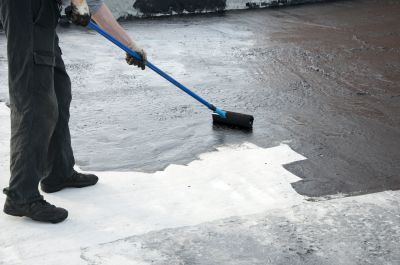
A finished roof with waterproof coatings designed to withstand weather elements, ensuring long-term protection.
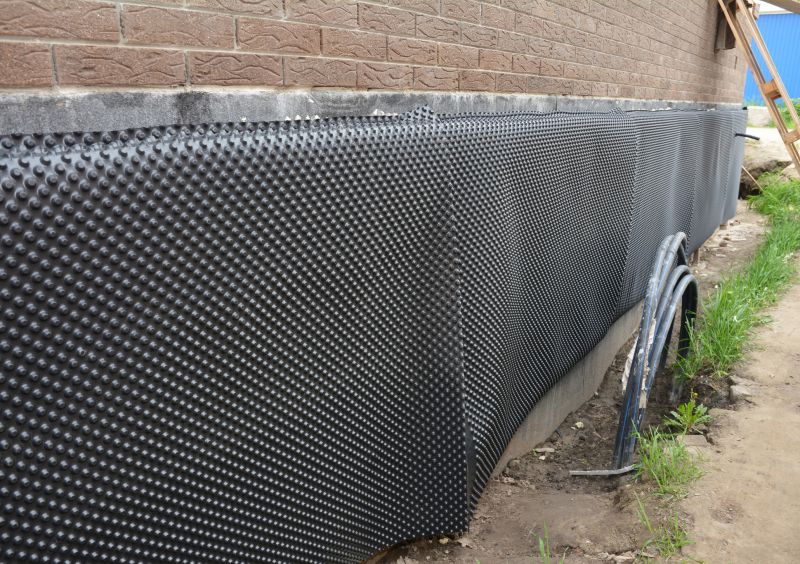
Waterproofing membrane installed on balcony surfaces to prevent water infiltration and damage.
Statistics indicate that proper waterproofing can reduce water-related damages by up to 80 percent, significantly decreasing repair costs and structural issues. The process involves selecting the right materials, surface preparation, and precise application techniques. Common waterproofing materials include liquid membranes, sheet membranes, sealants, and coatings, each suited for different surfaces and conditions.
Waterproofing Process and Duration
The duration for professional waterproofing varies depending on the size and complexity of the project. Typically, it takes from one to several days to complete waterproofing on a residential property. The process begins with surface preparation, which includes cleaning and repairing any existing damage. This is followed by applying the waterproofing material in multiple coats, ensuring proper curing time between layers. Final inspections verify the integrity of the waterproof barrier.
Hiring a professional for waterproofing ensures the correct application of materials, adherence to building codes, and long-lasting results. Experts have the experience to identify vulnerable areas and recommend suitable solutions, reducing the risk of future water damage and structural issues.
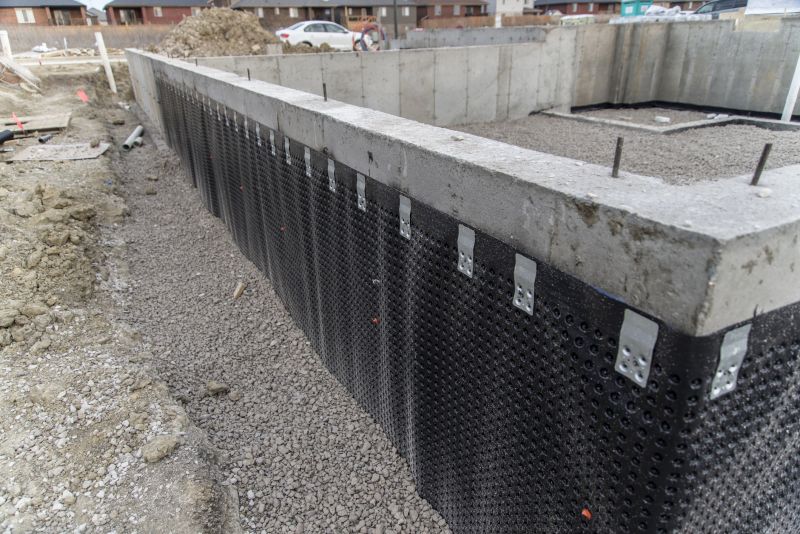
A basement with finished waterproofing, showing a clean membrane application that prevents moisture ingress.
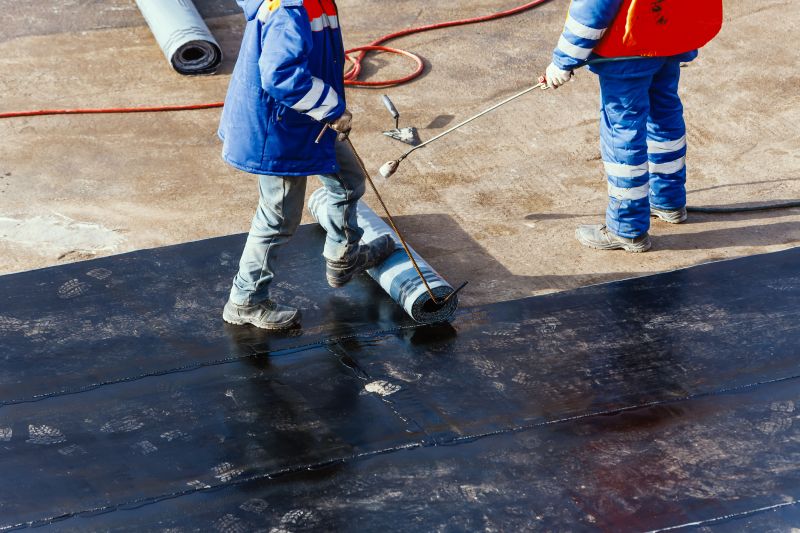
A professional applying waterproof coating on a roof surface, ensuring durability and weather resistance.
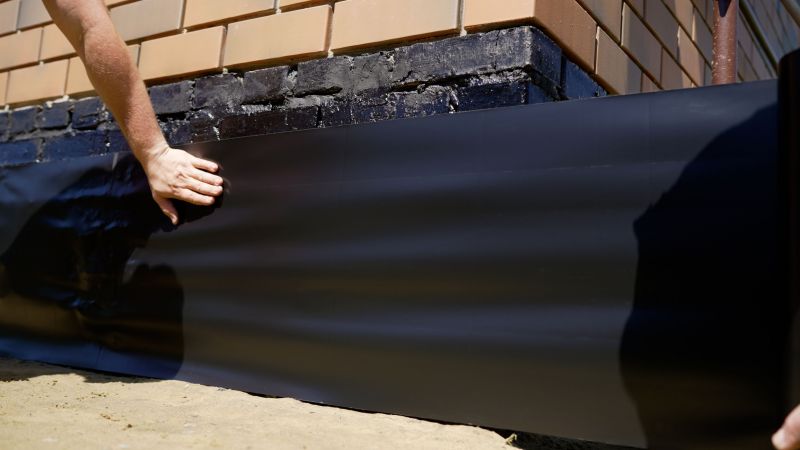
Finished foundation sealing with protective layers to prevent water penetration and structural damage.
Proper waterproofing not only protects structures but also enhances property value and safety. It is a strategic investment that minimizes long-term expenses related to water damage repairs and mold remediation. Regular inspections and maintenance of waterproofed surfaces help sustain their effectiveness and ensure ongoing protection.




